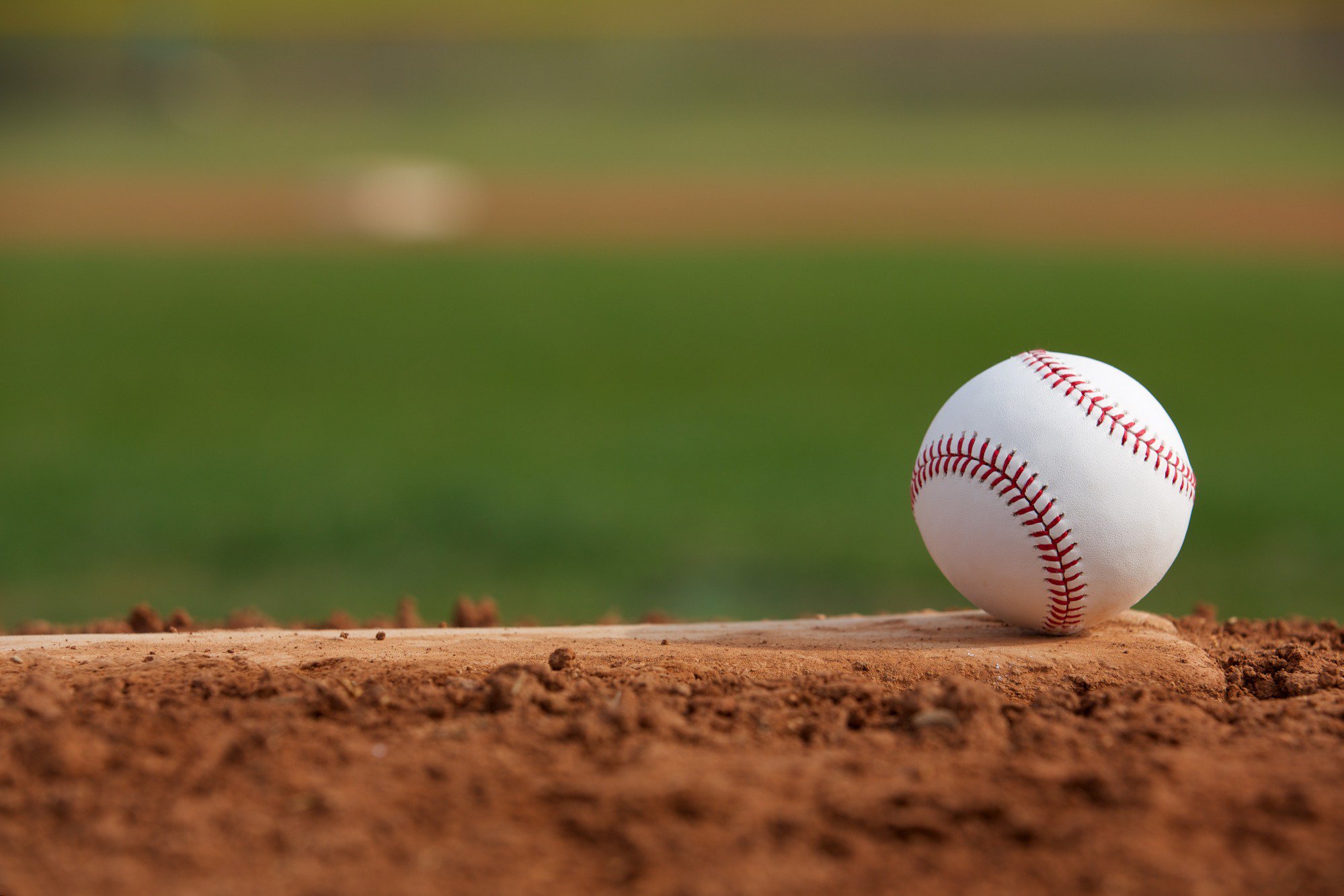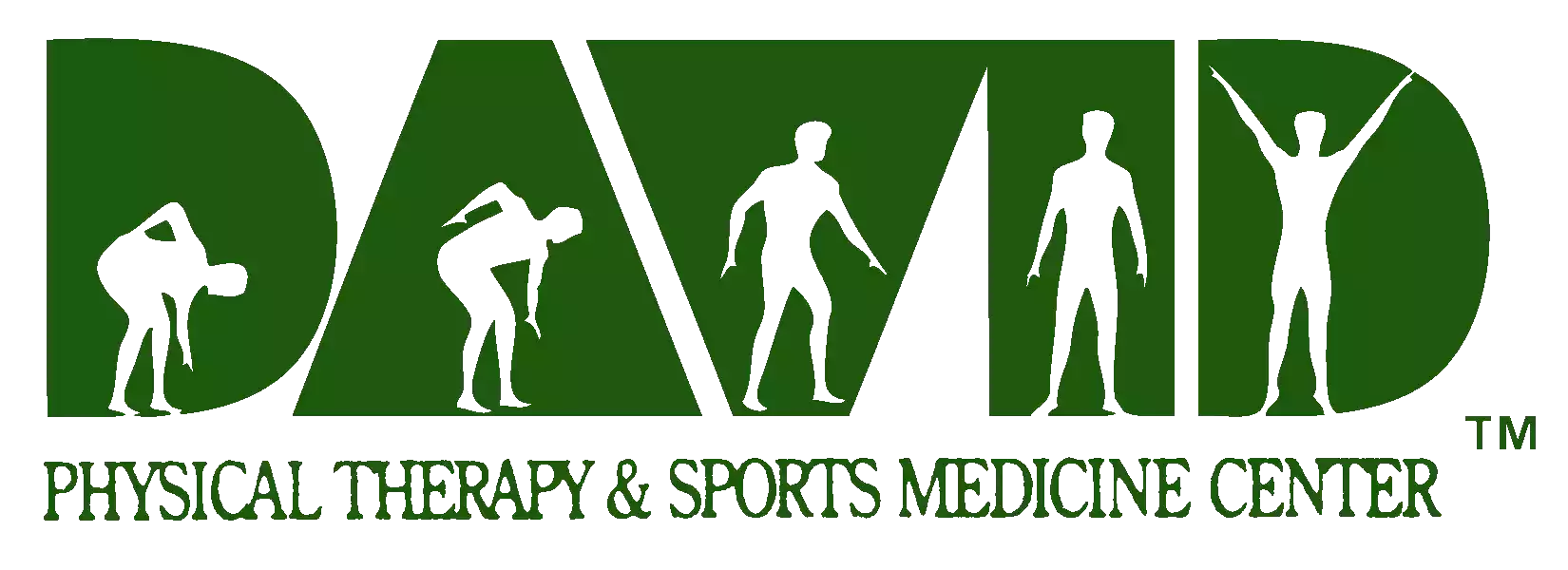 It’s no wonder baseball is considered “America’s pastime.” It's a fun and challenging sport that can keep you active all season long. However, it's important to be aware of the potential for injuries while playing. In this blog post, we will discuss four common injuries that baseball players may suffer from this season. We'll provide tips on how to prevent these injuries, and what to do if they occur. Stay safe out there!
It’s no wonder baseball is considered “America’s pastime.” It's a fun and challenging sport that can keep you active all season long. However, it's important to be aware of the potential for injuries while playing. In this blog post, we will discuss four common injuries that baseball players may suffer from this season. We'll provide tips on how to prevent these injuries, and what to do if they occur. Stay safe out there!
Shoulder Injuries
For pitchers, batters, and outfielders alike, the shoulder is a very important joint. Unfortunately, this importance also makes the area more prone to injury.
One of the most common shoulder injuries in baseball is a rotator cuff tear. The rotator cuff is a group of muscles and tendons that surround the shoulder joint and help to lift the arm. Like the other injuries we’ve discussed, these muscles can be torn due to overuse or from a single, traumatic event. Symptoms of a rotator cuff tear include pain and weakness in the shoulder, as well as a decreased range of motion.
Another common shoulder injury in baseball is a labral tear. The labrum is a piece of cartilage that helps to stabilize the shoulder joint. It can be torn due to overuse or from a single, traumatic event, like falling onto an outstretched arm. A person with a labral tear might experience pain and instability in the shoulder, as well as a decreased range of motion. For both labral tears and rotator cuff injuries, surgery may be necessary if the tear is severe enough.
However, labral tears and rotator cuff injuries can be prevented by stretching and strengthening the muscles and tendons around the shoulder joint. For the best results, it’s worth working with a physical therapist who can help you develop an appropriate stretching and strengthening program.
Elbow Injuries
Another common injury for baseball players, especially pitchers, is tendonitis in the elbow. Tendonitis occurs when the tendons around a joint become inflamed, typically due to overuse. Often, this leads to pain, tenderness, and weakness in the arm, making it very difficult to throw with any kind of velocity. For this reason, tendonitis in the elbow is known to take players out of the game.
Pitchers may also deal with tearing their ulnar collateral ligament, or UCL. The UCL is a band of tissue that runs from the inside of the elbow to the upper forearm. This ligament helps keep the bones of the elbow in place, preventing them from sliding out of alignment. It also helps to absorb some of the forces exerted on the elbow while pitching. Unfortunately, the UCL can become inflamed or even torn due to repetitive stress, causing pain, stiffness, numbness, weakened grip, and a loss of function in the elbow and arm.
Luckily, there are steps you can take to support your joints and stay on the mound. First, it’s important to check your form. Poor posture or technique, both when pitching and swinging a bat, can put unnecessary stress on your joints, leading to injury. If you notice that your form is off, work with a coach to correct it.
Second, take the time to build up strength in your shoulder, elbow, and wrist. Supporting the joints in your in this way can help prevent tearing, inflammation, and pain. There are many exercises you can do to target these muscles, so talk to a physical therapist to find the best ones for you.
Finally, be sure to warm up properly before pitching and cool down afterward. A good warm-up will help loosen the muscles throughout your arm and prepare them for activity. Cooling down afterward will help reduce any inflammation that may have occurred during pitching. Also, if you feel pain during the game, stop and rest.
Muscle Strains
One of the most common kinds of injuries in baseball is muscle strains. This kind of injury occurs when one of your muscles is stretched or torn, which can occur suddenly, like as the result of a forceful movement or direct trauma, or over time as a result of repetitive stress.
Hamstring strains and strains in the lower back are particularly common. The hamstrings are a group of three muscles that are located along the back of the thigh, and while hamstring strains range in severity, they are typically very painful and can take weeks or even months to heal properly. A person who experiences a torn hamstring will typically feel a sudden, sharp pain in the back of their thigh, and they may even hear a “popping” sound. Swelling and tenderness often follow, as well as bruising, discoloration, and even an inability to put weight on the affected leg.
It’s also not uncommon for a baseball player to complain of back pain, especially in the lower back. This is because of the way the back has to twist at high speeds when swinging a bat, occasionally causing muscles and tendons to pull or tear, leading to injury and potentially severe pain. In some cases, poor form may also be a contributing factor.
The best way to prevent this injury is by stretching the muscles in your back, legs, and the rest of your body before and after stepping foot on the diamond. Again, if you feel any pain while playing or training, take a timeout to stop and rest. If the pain continues, it may be time to consult a professional.
Prevention and Treatment
The good news is that these injuries are preventable with physical therapy. Physical therapists are experts in movement and function, and they can help athletes identify areas of weakness or improper form that may be putting them at risk for injury. By strengthening these areas and teaching proper form, a physical therapist can help you avoid getting hurt.
However, if you do get hurt while playing baseball this season, physical therapy can also help you recover from your injury. Physical therapy is an effective and non-invasive treatment option for sports injuries, and it can help you get back to the game you love as quickly as possible.
If you suffer a baseball injury this spring (or you’re looking to prevent one), don't hesitate to call the team at David Physical Therapy. We'll work with you to create a customized treatment plan to get back on your feet and back in the game in no time!
Our qualified therapists have a wealth of experience helping athletes of all levels recover from sports injuries, so you can rest assured that you're in good hands. If you're looking for a physical therapist in the Pittsburgh area, contact us today to schedule an appointment(opens in a new tab)!

